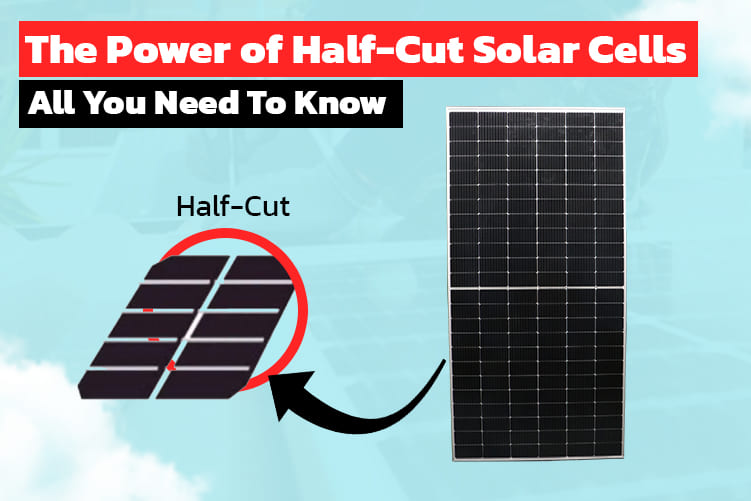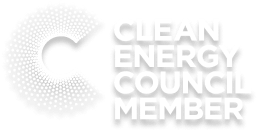Solar technology has come a long way, and it’s still evolving with each passing day. Recent months have seen a buzz around “Half-cut solar cells,” a groundbreaking innovation in the solar industry. Today, we delve into this exciting technology to provide you with a deeper understanding of its potential and advantages.
What Are Half-Cut Solar Cells?
Half-cut solar cells are precisely what their name suggests – they’re solar cells that have been horizontally cut in half to create two separate solar cells. These cells are designed to enhance the efficiency of solar panels significantly.
The Science Behind Half-Cut Solar Cells
These innovative cells work by dividing a solar panel into two parts: the active and the inactive. The active part, located at the front of the cell, is where sunlight is absorbed and converted into electric current. The inactive part, on the other hand, is situated at the back and serves to dissipate the current.
The active part consists of a semiconductor material responsible for absorbing light and a catalyst that accelerates and controls the current. The inactive part, meanwhile, features a layer of amorphous silicon to absorb light and a layer of crystalline silicon to release light.
Advantages of Half-Cut Solar Cells
Half-cut solar cells bring numerous benefits to the table:
Enhanced Shade Tolerance: These cells are designed to be more shade-tolerant, ensuring that your solar panels continue to produce electricity even when partially shaded. This means that if your rooftop occasionally falls under the shadow of trees or other obstacles, your solar panels won’t be rendered ineffective.
Reduced Impact of Hot Spots: Hot spots occur when certain areas of a panel become excessively hot, often when transitioning from a sunny region to a shaded one. Half-cut cells are less susceptible to the detrimental effects of hot spots, thanks to their ability to distribute excess heat among more cells.
Lower Resistance, Higher Efficiency: Half-cut cells exhibit less resistance compared to traditional whole cells, resulting in reduced power losses. The nature of electric current flow through solar panels inherently generates internal series resistance, but with half-cut cells, this resistance is minimized.
Are Half-Cut Solar Panels Worth the Investment?
While half-cut cells offer remarkable advantages, it’s worth noting that they tend to be slightly more expensive to manufacture due to additional laser cutting and soldering processes. Whether they are worth the investment depends on your specific needs and priorities. Your solar installer can help you assess if the benefits outweigh the additional cost.
Leading Manufacturers of Half-Cut Cell Modules
Several renowned solar companies have adopted half-cut cell technology. Some of these include Panasonic, Trina Solar, Q CELLS, Jinko Solar, and LONGi Solar. When considering half-cut cell solar panels, collaborating with the right solar company to select the best option for your specific roof’s solar installation is essential.
The Future of Solar: Half-Cut Cells
The adoption of half-cut cells is undoubtedly a promising development in the solar industry. Although manufacturing these cells can be more challenging, they offer significant benefits, particularly in situations with limited space or intermittent shading. As the manufacturing process becomes more streamlined, we may see a wider adoption of half-cut cells in the future.
In conclusion, the solar industry continues to evolve, and half-cut solar cells represent a significant leap forward in maximizing energy production and efficiency. Whether you opt for traditional panels or choose this innovative technology, solar energy remains a sustainable and eco-friendly choice for powering your home. Consult a Solar Miner expert to determine the best solution for your unique needs, and you’ll be one step closer to reducing electricity bills and utilizing the power of the sun.






